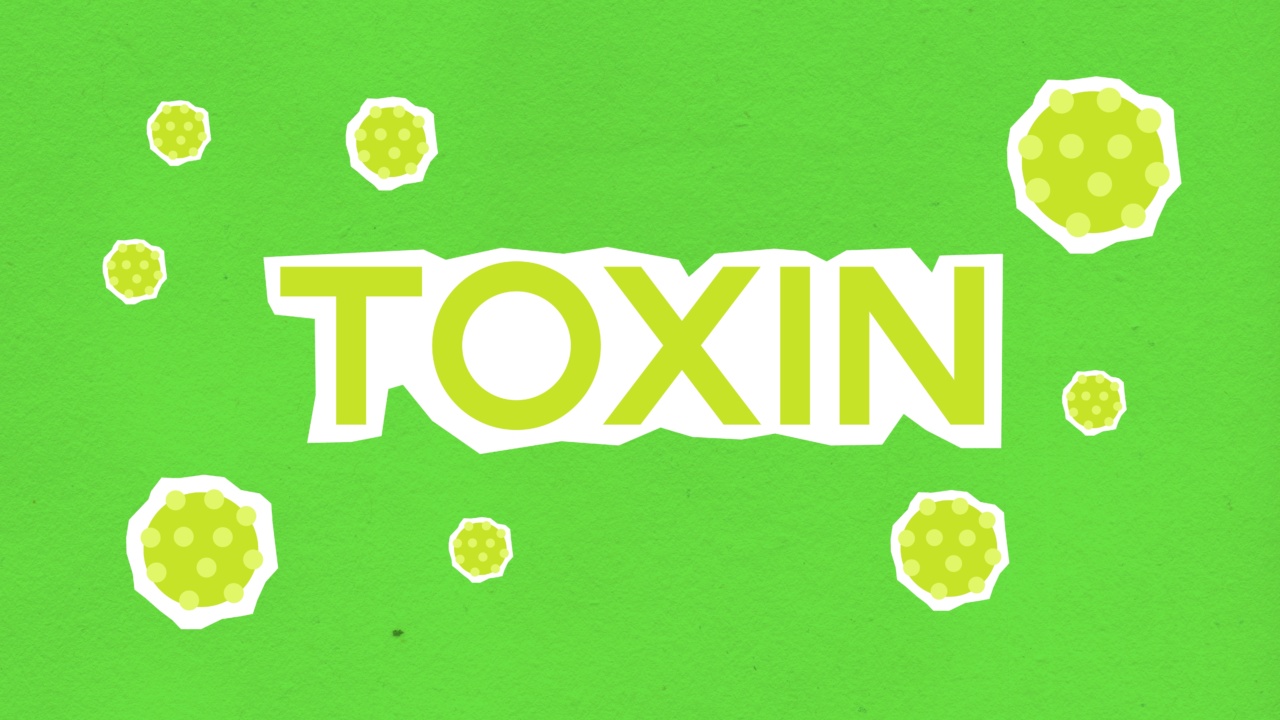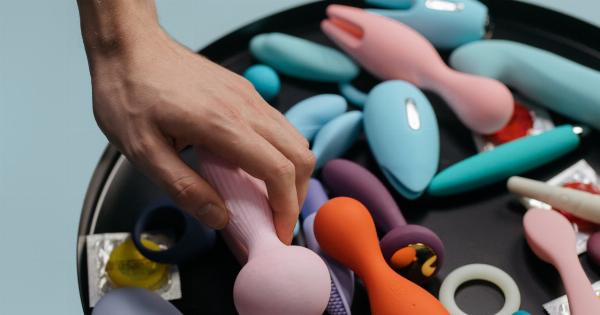Rosacea is a chronic skin condition that causes redness, inflammation, and other symptoms on the face. The condition affects millions of people worldwide, and it can be quite uncomfortable and embarrassing.
While the exact cause of rosacea is unknown, many experts believe that it may be related to genetics, environmental triggers, and lifestyle factors. One lifestyle factor that has been studied extensively in relation to rosacea is coffee consumption.
In this article, we will explore the link between coffee and rosacea and try to answer the question: does the quantity of coffee affect the risk of rosacea?.
What is Rosacea?
Rosacea is a chronic inflammatory condition that affects the skin on the face. It typically occurs in adults between the ages of 30 and 50 and is more common in women than in men. The symptoms of rosacea can vary, but they typically include:.
- Redness and flushing
- Bumps and pimples
- Enlarged blood vessels
- Eye irritation and swelling
The exact cause of rosacea is unknown, but many experts believe that it is related to genetic and environmental factors. Triggers for rosacea can vary, but they often include alcohol, spicy foods, temperature extremes, and stress.
What is Coffee?
Coffee is a brewed beverage made from roasted coffee beans. It is one of the most widely consumed beverages in the world, and it has a long history of use for its stimulating effects.
Coffee is also rich in antioxidants and other compounds that have been linked to potential health benefits.
The Link between Coffee and Rosacea
Many studies have been conducted to explore the link between coffee and rosacea. While the results of these studies have been mixed, there is some evidence to suggest that coffee consumption may increase the risk of developing rosacea.
A 2015 study conducted by the American Academy of Dermatology found that women who consumed four or more cups of coffee per day had a significantly higher risk of developing rosacea than those who consumed one cup or less per month.
The researchers concluded that there may be a dose-dependent relationship between coffee consumption and rosacea risk.
Another study published in the Journal of the American Academy of Dermatology found that caffeine consumption was associated with an increased risk of rosacea in women.
The study, which involved more than 80,000 participants, concluded that women who drank four or more cups of caffeinated coffee per day had a 23% higher risk of rosacea than those who drank less than one cup per month.
However, not all studies have found a link between coffee consumption and rosacea.
A 2017 study published in the Journal of Cosmetic Dermatology found that there was no significant association between coffee consumption and the risk of rosacea in women.
The Role of Caffeine
While coffee itself has been linked to an increased risk of rosacea, some studies suggest that caffeine may play a role in this relationship.
Caffeine is a stimulant that can cause blood vessels to dilate and become more visible, which may contribute to the redness and flushing associated with rosacea.
A 2018 study published in the Journal of Investigative Dermatology found that caffeine increased the production of inflammatory cytokines in cells associated with rosacea.
The researchers concluded that this may contribute to the pathogenesis of rosacea in some individuals.
Other Factors to Consider
While coffee and caffeine may be risk factors for rosacea, there are many other lifestyle and environmental factors that can contribute to the condition. These may include:.
- Stress
- Sun exposure
- Temperature extremes
- Alcohol consumption
- Spicy foods
If you have rosacea, it is important to identify and avoid any triggers that may exacerbate your symptoms.
The Bottom Line
While the link between coffee consumption and rosacea is not entirely clear, some studies suggest that there may be a relationship between the two.
Women who consume large amounts of coffee and caffeine may be at a higher risk of developing rosacea, although other factors may also play a role. If you have rosacea, it is important to work with a dermatologist to identify any triggers and develop a treatment plan that works for you.




























